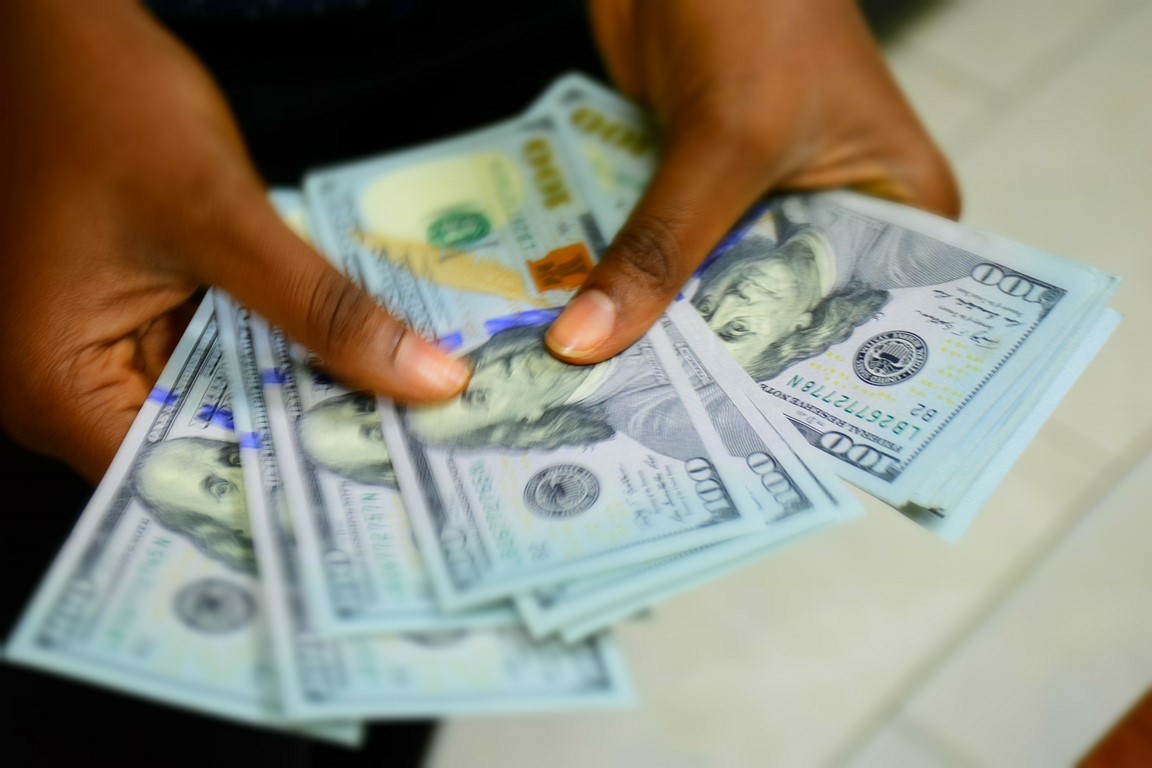The Dow Jones finally managed to close above the psychological key 18,000 level for the first time since April, while the S&P 500 closed less than 1% shy from its record high in May 2015.
Weaker dollar, higher commodity prices, depressed bond yields and expectations of a U.S. rate hike delay all attributed to the most recent gains and investors are wondering whether the rally is sustainable and if new record highs are achievable. Technically speaking, a break for S&P above 2,134.7 could promote some fresh buying orders as current global market conditions are offering little alternatives for investors to look at. However, I will be concerned to see U.S. equities going higher from here without support from real fundamentals, and here I mean earnings growth, so committing new capital at current levels will not be an easy decision to make.
The U.S. dollar has been dropping every day since Friday’s non-farm payrolls release and DXY is currently trading at 5-weeks low as speculators continued to reduce bets on imminent Fed rate hike. Fed fund futures are pricing in 3.8% probability of tightening in next week’s meeting and only 26.7% chance for July. This alone explains why dollar bulls are reluctant to jump in at the moment, and unless we see a hawkish message from the Fed next Wednesday the greenback is likely to continue to face selling pressure against its major counterparts.
The European Central Bank started its purchases of corporate debt as part of efforts to revive growth and inflation in the Eurozone. The launch of the program helped to boost investment-grade corporate bond prices to highest levels in more than a year, and also took Germany’s 10-year bund yields to a record low of 0.035%. However, this didn’t promote EURUSD selling as U.S./German yield spreads remained below 170 basis points. In fact, the pair strengthened and traded above 1.14 for the first time since May 12, which is not welcomed news by the ECB. Mario Draghi will be speaking at the 5th annual Padoa-Schioppa in Brussels today, and it will be interesting to see if he brings the subject of recent Euro strength.
Advertisement
The Kiwi has been the outperforming currency in early Asian trade, rallying by more than 1.7% to a one-year high against the U.S. dollar after the RNBZ remained unmoved on monetary policy. Although the central bank indicated that monetary policy will continue to be accommodative with further easing still being an option, and Governor Wheeler commenting that the bank would not hesitate to adjust interest rates if needed, these signals were ignored as many traders were expecting a rate cut from 2.25% to 2%. NZDUSD has rallied by more than 6.7% from May’s lows, and I believe that the medium term risks are likely to be to the downside, as higher exchange rate from current levels will oblige the central bank to act.
For more information please visit: ForexTime
Advertisement
Add a comment






